I want to share you how to size or select minimum capacity of air compressor and instrument air dryer. Air compressor is usually used as feed air for:
- Instrument air (for instrumentation or feed air for nitrogen generator)
- Utility air (for utility station)
Instrument Air Requirement for Instrumentation
Instrument air is required in operation of control valve and shut down valve. The rules below is used to calculated instrument air requirement for instrumentation:
- Control valve (CV) – steady state condition: 1 scfm/valve
- Control valve (CV) – transient condition: 6.25 scfm/valve
- Shut down valve (SDV) – steady state condition: 0
- Shut down valve (SDV) – transient condition: 4.8 scfm/valve
Note : Depends on valve design, requirements, application etc… also the air consumption rate will change.
Here is calculation of instrument air requirement:
- Instrument air (normal demand, scfm) = 95% CV at steady state + 5% CV at transient + 10% SDV at transient
- Instrument air (peak demand, scfm) = 70% CV at steady state + 30% CV at transient + 20% SDV at transient
Instrument Air Requirement for Nitrogen Generator Feed
Air feed for nitrogen generator is usually from instrument air dryer. The feed requirement depends on the required purity of nitrogen. The higher the purity, the higher flow rate of instrument air to nitrogen generator. Inlet compressed air requirement to nitrogen generator is expressed as air factor. For general rule:
- Nitrogen purity 99.5% : air factor 2.9
- Nitrogen purity 99% : air factor 2.5
- Nitrogen purity 98% : air factor 2.3
- Nitrogen purity 97% : air factor 2.1
- Nitrogen purity 95% : air factor 1.9
Utility Air Requirement
Utility air requirement for utility station is about 0.5 scfm/utility hose. Number of utility station is at least one per 30 m radius.
Sizing of Instrument Air Dryer and Compressor Capacity
After we define air requirement based on its purpose, then this is the step to determine instrument air dryer capacity:
- Calculate required instrument air to nitrogen generator based on its purity
- Calculate required dry air = instrument air for instrumentation + instrument air to nitrogen generator package
- Calculate required air to instrument air dryer, considering air loss for regeneration. It is usually 1.15 times value from Step 2
- Calculate air compressor capacity = value from Step 3 plus utility air requirement
You may also add 20% safety factor.
Example
Let’s continue with example. For example, we have:
- Control valves: 5 unit
- Shut down valve: 5 unit
- Capacity of nitrogen generator package: 25 scfm with purity 98%
- Number of utility hose: 10 unit
Instrument Air Requirement
Instrument air (peak demand, scfm) = 70% CV at steady state + 30% CV at transient + 20% SDV at transient
Instrument air (peak demand) = 70% x (5 x 1 scfm) + 30% x (5 x 6.25 scfm) + 20% x (5 x 4.8 scfm)
Instrument air (peak demand) = 17.67 scfm
Utility Air Requirement
Utility air requirement = number of hose x 0.5 scfm
Utility air requirement = 10 x 0.5 scfm = 5 scfm
Then we can continue using four steps above.
- Instrument air to nitrogen generator package = 2.3 (air factor for 98% purity) x capacity of nitrogen generator package = 2.3 x 25 scfm = 57.5 scfm
- Dry air requirement = dry air for instrumentation + dry air for nitrogen generator package = 17.67 scfm + 57.5 scfm = 75.175 scfm
- Air to instrument air dryer = 1.15 x 75.175 = 86.45 scfm
- Compressor capacity = Dry air requirement + utility air requirement = 86.45 + 5 scfm = 91.45
Credits : miss rifka
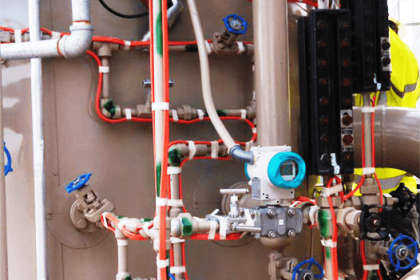
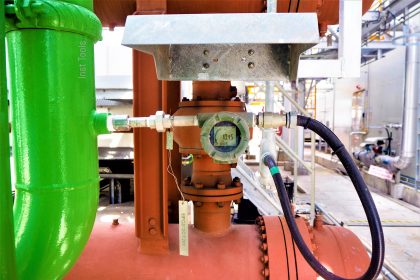
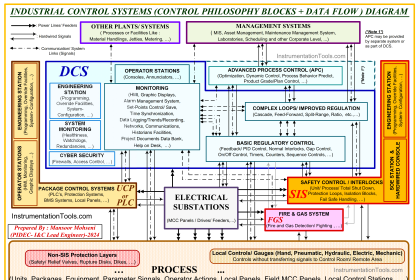
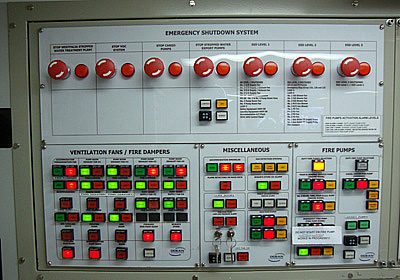
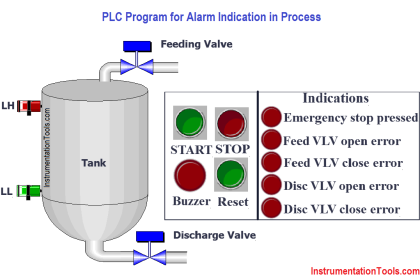
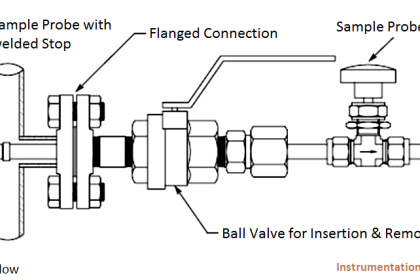

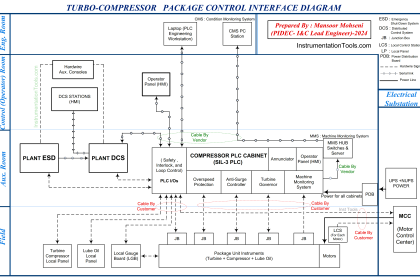


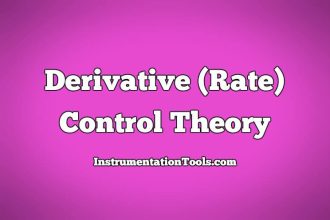
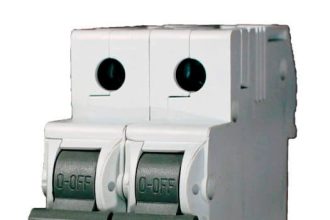
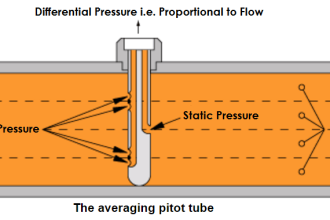
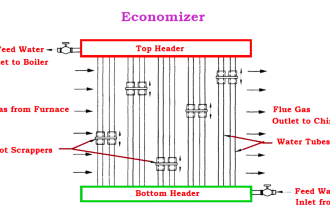
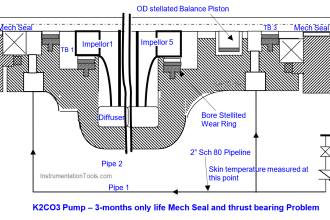
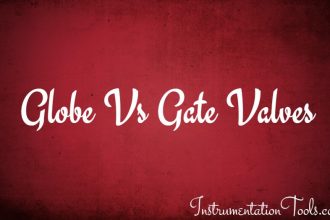

Hi, thank you very much for your effort. Could you please provide a reference for these calculations, it means what standard is used ?
Please explain the Instrument air peak demand calculation,ho it is came as 17.67 sqfm
The explanation is already there :
Instrument air peak demand = 70% of Control valves air consumption @ steady state + 30% Control valves air consumption @ transient + 20% of Shutdown down valves @ transient.
Valves air consumption of valves is from manufacturer.
The article, however, lack some reference to where the percentages in the equation came from. example : ISA standard or other.
for the admin : Could you please add functionality for editing our comments ? thanks.
Thanks for the suggestion. Right now there is no Authentication (login) for User Comments, so editing a comment after certain time is not possible for the users. I will see the possibilities in future updates but not sure for any time frame as it involves some code changes. Meanwhile please mail me for any edits of posted comments ( InstrumentationTools@gmail.com )
Thank you for you efforts.
hi can you provide basis on this calculation to support it thanks..ISA,API etc
Good design information.
WHAT IS THE REFERENCE OF: “Utility air requirement for utility station is about 0.5 scfm/utility hose. Number of utility station is at least one per 30 m radius ” ?